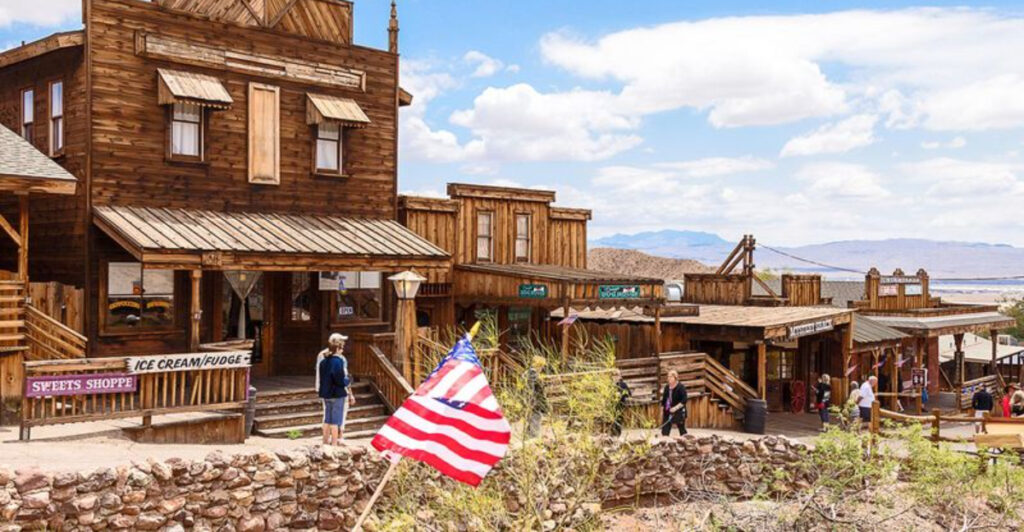Hidden in Montana’s Garnet Range sits a remarkable piece of American history. Garnet was once a bustling gold mining town with nearly 1,000 residents in the late 1800s. Today, it stands perfectly preserved as if someone simply pressed pause on time itself, with over 30 original structures still standing. Walking through Garnet offers visitors a genuine glimpse into frontier life during the gold rush era.
The Glittering Gold Rush Beginnings
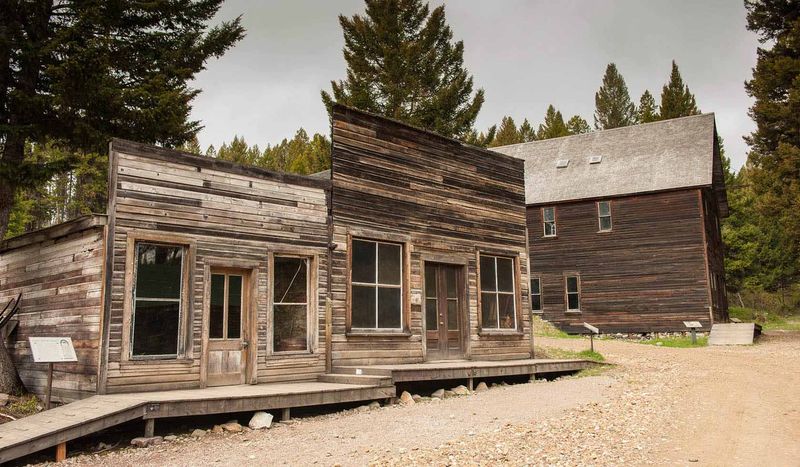
In 1895, fortune seekers flocked to this mountainous region after gold was discovered, transforming a remote wilderness into a thriving community practically overnight. The Nancy Hanks Mine became the crown jewel of local operations, producing an astonishing $690,000 in gold during its peak year of 1896 – equivalent to millions in today’s currency. Miners and merchants built sturdy structures designed to withstand harsh Montana winters. Families established homes, businesses sprouted up, and soon Garnet boasted hotels, saloons, a doctor’s office, and even a school for the children of miners. Unlike many boomtowns that vanished without a trace, Garnet’s relatively remote location helped preserve its buildings when the gold eventually ran out. The town’s rapid growth and equally swift abandonment created a perfect time capsule of American frontier life.
Kelly’s Saloon: Heart of the Community
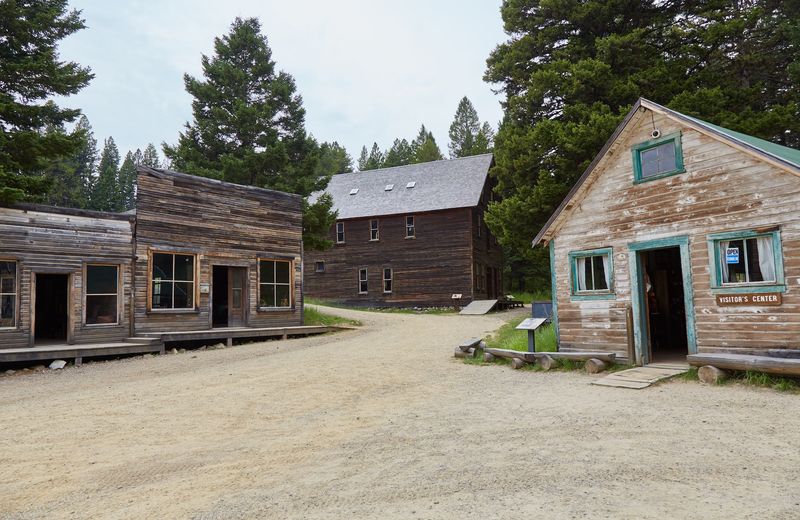
Standing prominently on Garnet’s main street, Kelly’s Saloon represents more than just a place where miners once quenched their thirst. This two-story structure served as the social epicenter where miners shared stories, celebrated discoveries, and occasionally settled disputes with their fists. Remarkably preserved wooden bar counters still line the walls where whiskey once flowed freely. Faded playing cards and period furnishings remain positioned as if waiting for the next poker game to begin. The second floor once housed more illicit entertainments, with small rooms where women worked in the world’s oldest profession. What makes Kelly’s particularly fascinating is the personal items left behind – bottles, glasses, and furnishings that tell intimate stories of the people who gathered here. Visitors often report feeling an uncanny sense of presence, as if the revelry could resume at any moment.
J.R. Wells Hotel: Luxury in the Wilderness
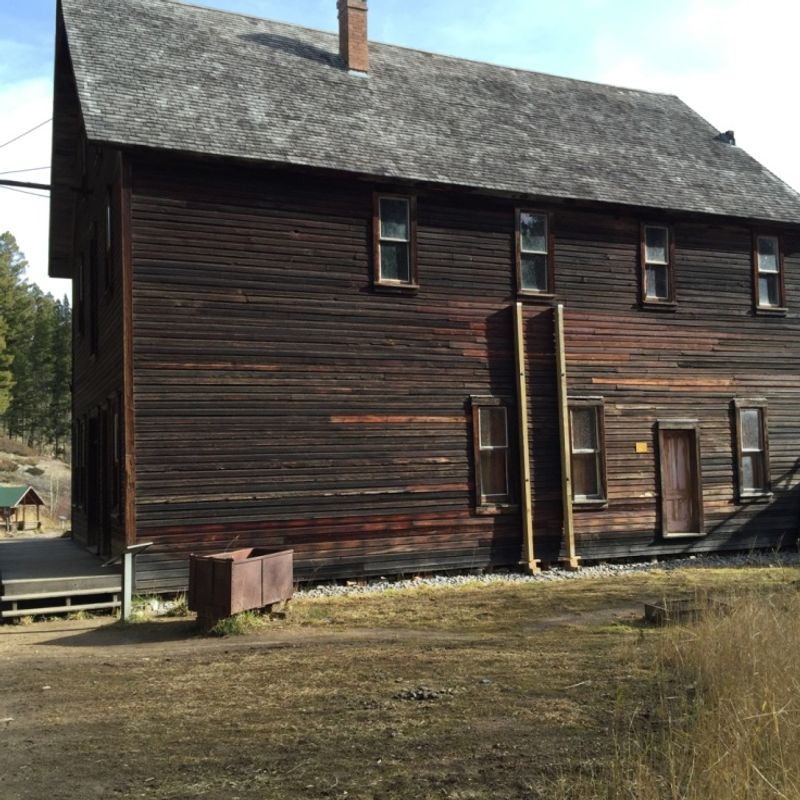
The J.R. Wells Hotel once represented the height of frontier luxury, offering weary travelers proper beds and hot meals in a land of tents and crude cabins. Its weathered exterior belies the relative grandeur that once existed inside, where miners who struck it rich could enjoy comforts reminiscent of city living. Ornate wallpaper fragments still cling to some walls, while iron bedframes remain in several rooms. The hotel’s dining area once served surprisingly sophisticated meals, with imported ingredients carried in by wagon train at great expense. Visitors can peer into rooms where prospectors dreamed of riches and traveling salesmen displayed their wares. Historical records indicate the hotel charged $1 per night – a substantial sum in the 1890s that equates to roughly $30 today. The hotel’s prominent position near the town center highlights its importance to Garnet’s social hierarchy and business operations.
The Great Fire of 1912
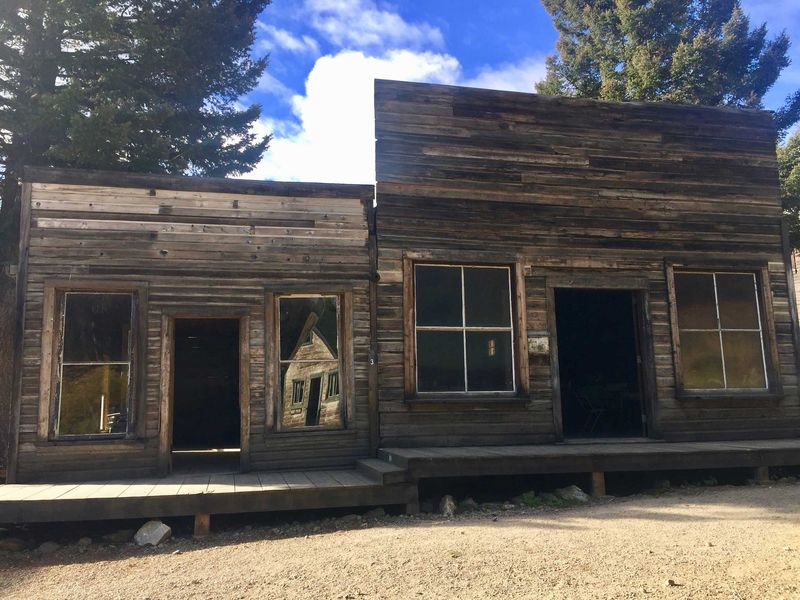
Flames licked through Garnet’s wooden structures on a fateful day in 1912, forever altering the town’s trajectory. The fire devastated numerous buildings in the business district, destroying livelihoods and accelerating Garnet’s decline as gold reserves were already dwindling. Contemporary accounts describe desperate bucket brigades forming as residents fought to save their community. With no formal fire department and limited water sources, the blaze spread rapidly through structures built primarily of timber. Miraculously, many buildings survived, including those visitors can explore today. The fire marked a turning point – many residents simply chose not to rebuild, instead packing their belongings and seeking opportunities elsewhere. Those who remained faced increasing isolation as services diminished. What seems tragic actually helped preserve Garnet for future generations – had the town continued to modernize, today’s authentic historical experience would have been lost.
F.A. Davey’s Store: Lifeline to Civilization
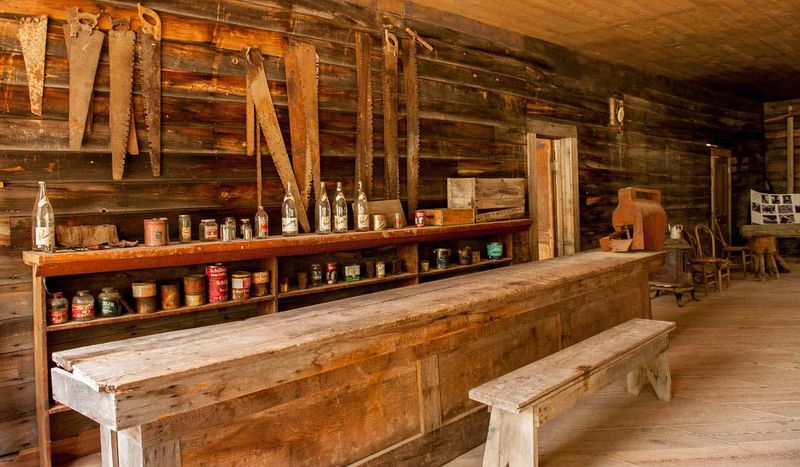
F.A. Davey’s general store wasn’t merely a business – it represented Garnet’s connection to the outside world. This remarkably intact building still displays original shelving where everything from mining supplies to canned peaches once lined the walls. Weathered counters bear the scratches of countless transactions. The store functioned as Garnet’s unofficial post office, telegraph station, and news hub. Miners and their families gathered here to receive mail, order necessities, and exchange gossip. Davey extended credit during lean times, acting as an informal banker for the community. Artifacts discovered during preservation efforts reveal the surprising variety of goods available in this remote location – from practical necessities like tools and flour to luxury items like perfumes and fine fabrics. The store’s ledgers, partially preserved, show fascinating details about daily life, including who purchased what, providing archaeologists with valuable insights into frontier consumer habits.
Winter’s Eerie Solitude
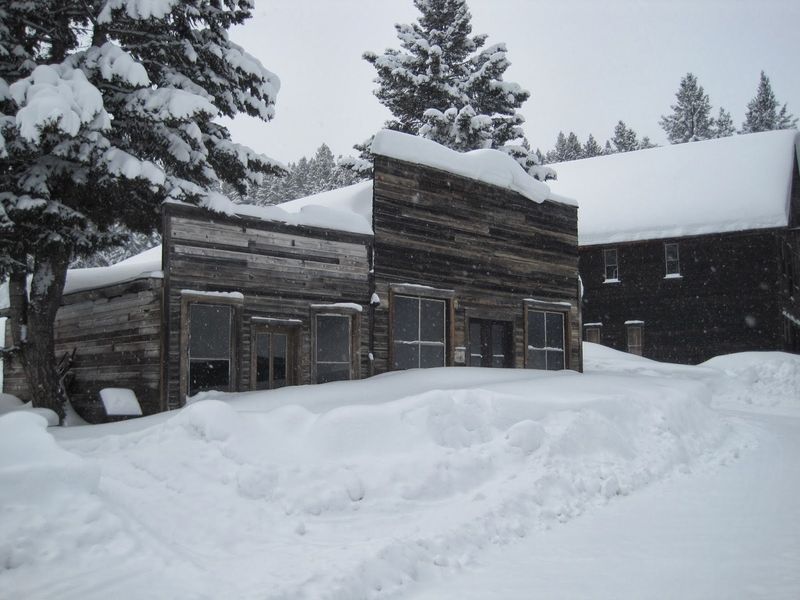
When snow blankets Garnet in winter, the ghost town transforms into something truly otherworldly. Access becomes limited to snowmobiles, cross-country skis, or snowshoes as the roads disappear beneath several feet of pristine powder. The Bureau of Land Management offers two rustic cabins for overnight stays during these months – an experience not for the faint-hearted. Nighttime temperatures plummet well below zero, while absolute silence envelops the abandoned buildings. Moonlight creates dramatic shadows across snow-laden rooftops and empty doorways. Visitors report heightened sensations of the town’s past during winter stays, with some claiming to hear phantom piano music or distant conversations. Wildlife tracks reveal how mountain lions, wolves, and other creatures now patrol streets once filled with miners. The stark beauty of Garnet in winter provides photographers with hauntingly beautiful compositions impossible to capture during busier summer months.
Preservation Through “Arrested Decay”
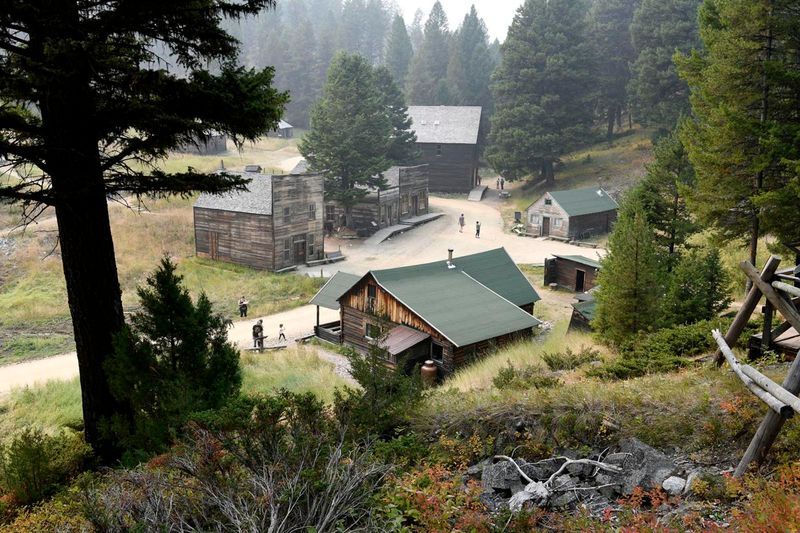
Unlike many historical sites that undergo complete restoration, Garnet embraces a fascinating preservation philosophy called “arrested decay.” This approach stabilizes structures to prevent further deterioration without erasing the authentic patina of age. The Garnet Preservation Association, formed in the 1970s, partners with the Bureau of Land Management to maintain this delicate balance. Original materials are used whenever possible, with careful documentation guiding all interventions. Buildings lean at precarious angles yet remain structurally sound thanks to hidden modern supports. Weather-beaten exteriors retain their weathered character while subtle reinforcements prevent collapse. This philosophy allows visitors to experience Garnet as genuinely abandoned rather than artificially restored. The town’s inclusion on the National Register of Historic Places in 2010 validated this approach and secured additional protection. Preservation experts from around the world now study Garnet’s model of maintaining authenticity while ensuring these fragile structures survive for future generations.
Echoes of Everyday Life
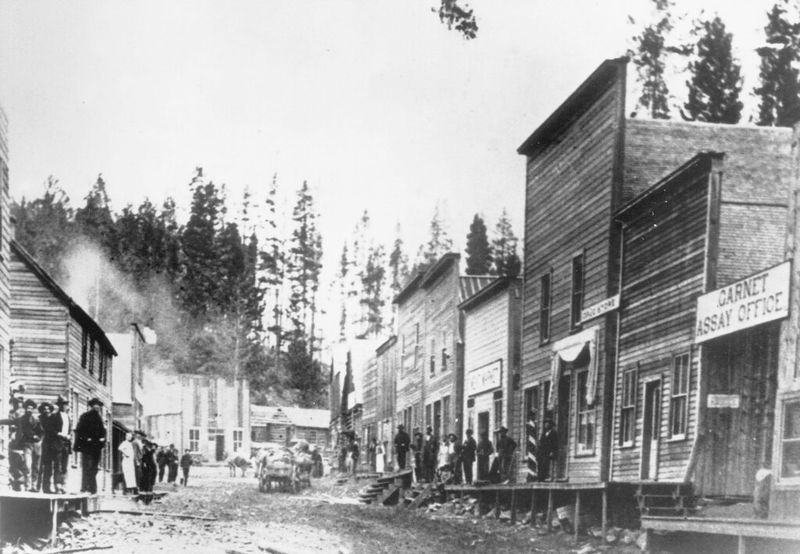
Beyond the prominent buildings, Garnet’s smaller structures reveal touching details about ordinary frontier life. The one-room schoolhouse still contains desks where mining children once learned their lessons. Rusted tools lie beside weathered workbenches in the blacksmith’s shop, positioned as if the smith stepped away momentarily. Personal belongings discovered during preservation efforts tell intimate stories – a child’s doll with porcelain face, a woman’s hairbrush with strands still entwined, a pair of worn boots sized for a teenage boy. These artifacts humanize the town beyond its gold production statistics. The community’s cemetery, located on a gentle slope outside town, contains markers both formal and improvised. Archaeologists continue to document household items that reveal surprising sophistication in this remote setting. Fine china fragments suggest attempts to maintain gentility despite harsh conditions. Medicine bottles speak to health challenges faced by residents, while toys indicate children found ways to play amid the serious business of frontier survival.
Garnet Day: When History Lives Again
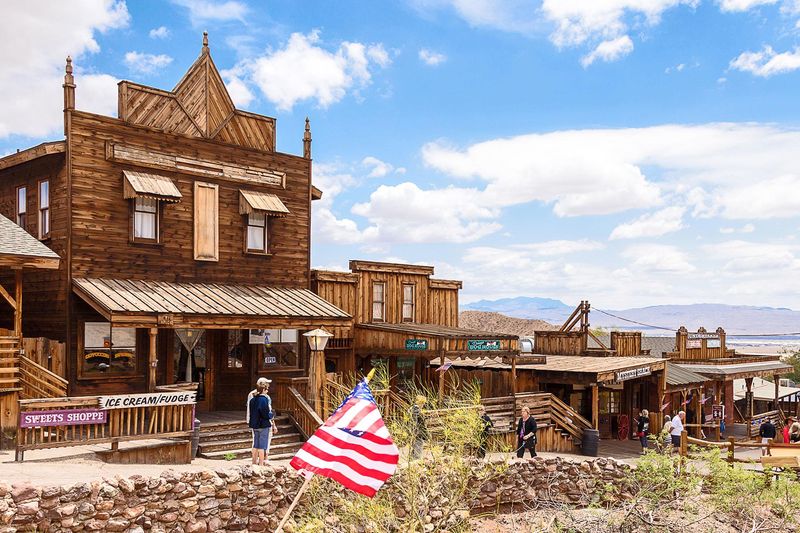
Every third Saturday in June, Garnet shakes off its ghostly quietude during the annual Garnet Day celebration. Volunteers in period attire demonstrate traditional skills like blacksmithing, gold panning, and frontier cooking. Music from fiddles and banjos fills streets that normally echo only with the wind and occasional wildlife sounds. Local historians share stories passed down through generations, while conservation experts explain ongoing preservation efforts. Children participate in traditional games that once entertained young residents over a century ago. The event attracts history enthusiasts from across the country who appreciate the authenticity that larger, more commercialized ghost towns often lack. What makes Garnet Day particularly special is the participation of descendants from original Garnet families. They bring photographs, letters, and personal stories that continually enhance understanding of the town’s history. The celebration serves as a fundraiser for preservation efforts while connecting modern visitors with the human experiences that unfolded in this remarkable place.
Legends and Lore of Garnet
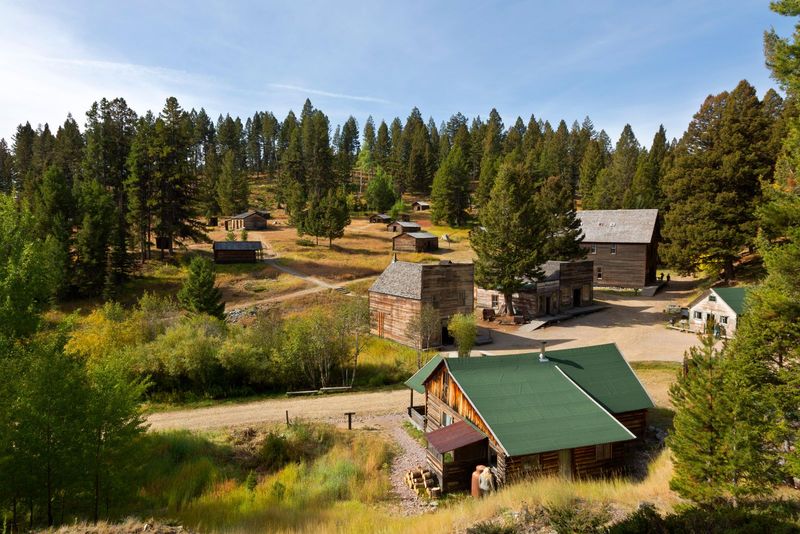
Ghost stories swirl through Garnet as persistently as the mountain winds. Rangers and overnight visitors report unexplained footsteps in empty buildings and phantom piano music from Kelly’s Saloon. One particularly enduring tale involves a miner named William who allegedly still searches for his lost gold cache in the hotel. Historical records reveal fascinating details about notable residents. Nellie Bly, the town’s most successful madam, eventually married a prominent businessman and became a respected community leader. Frank Davey, the storekeeper, kept detailed journals describing colorful characters and daily dramas that offer rare insights into frontier social dynamics. The town harbors secrets beyond its buildings – abandoned mine shafts honeycomb the surrounding mountains, most locations carefully guarded to protect both visitors and historical integrity. Local legends claim some particularly rich veins remain undiscovered, fueling occasional illegal prospecting attempts. Whether one believes in ghosts or not, Garnet undeniably preserves the spirit of a fascinating chapter in American history.

